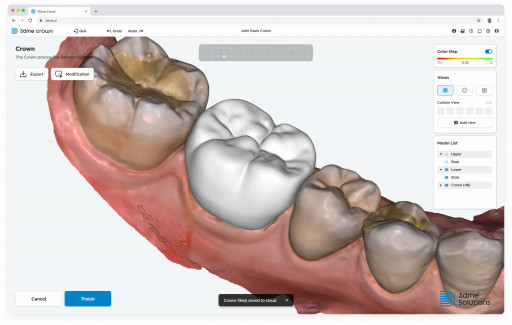Human Rights - Elections Info originally published at Human Rights - Elections Info

June 28, 2018
Press Contacts
Raymund Flandez:
Communications Officer
202.314.1772
[email protected]
Bulgarian entry is helping secure pension payments to 70 Holocaust survivors; Latest installment focuses on 700-plus detention, killing sites under European regimes that collaborated with Nazi Germany between 1933 to 1945
WASHINGTON — Seventy Bulgarian Holocaust survivors will receive pensions from Germany, thanks to information in the recently-released third volume of the award-winning United States Holocaust Memorial Museum Encyclopedia of Camps and Ghettos, 1933-1945 series. An entry on the ghetto in Plovdiv, Bulgaria, provided the proof that the World Jewish Restitution Organization needed in its negotiations with the German government.
Camps and Ghettos under European Regimes Aligned with Nazi Germany — now available for researchers, historians, legal experts, Holocaust survivors, scholars, teachers and students worldwide — explores how Nazi Germany perpetrated the Holocaust by securing the complicity of the majority of its European neighbors.
“To truly understand the Holocaust and related crimes, we must recognize their full scope,” says Geoffrey Megargee, the Encyclopedia’s general editor and a senior applied research scholar for the Museum. “Nazi Germany, although it was central to these events, was not the only state involved; many other nations participated. We expect that this volume will help readers to grasp this complex history, as well as help survivors gain the justice they deserve.”
The latest printed volume, published by Indiana University Press in association with the Museum’s Jack, Joseph and Morton Mandel Center for Advanced Holocaust Studies, is part of the institution’s commitment to increase the visibility, impact and productivity of the field of Holocaust studies in the United States and abroad.
When the seven-volume series is complete, the project will provide the most comprehensive survey available of all known Nazi camps and ghettos. To date, Museum researchers have identified more than 44,000 such sites, several times more than anticipated at the project’s outset.
This third meticulously researched volume identifies and describes more than 700 camps and other sites established by Germany’s allies and collaborator states in Bulgaria, Croatia, Finland, France, Hungary, Italy, Norway, Romania, Serbia and Slovakia, as well as in French and Italian colonies in Africa, and in Italian-occupied territories in Europe.
Experts on — and from — the countries in question drew on records from a multitude of archives, in a dozen different languages, to write entries on sites that shaped the fate of many hundreds of thousands of people across Europe and Africa. These were the places where allies of Germany, satellite states and collaborationist governments imprisoned, enslaved, tortured and killed the people they and the Germans considered enemies: Jews, Roma and Sinti, political opponents, prisoners of war and others.
The Encyclopedia’s first volume covered the early camps that the SA, the SS and the German police set up in the months after the Nazi seizure of power, as well as the system of concentration camps, sub-camps and construction brigade bases that existed under the SS Business Administration Main Office. The second volume described the ghettos in German-occupied Eastern Europe. Together, the two volumes, available online at no cost, cover more than 2,200 sites, many of which are described nowhere else in English.
The project brings together information that until now has been scattered through millions of pages of published and archival material in many different languages. It represents a significant international effort, with contributions from hundreds of scholars from several European countries, Israel and the United States, as well as the participation of many different archives, research centers and memorial sites.
About the United States Holocaust Memorial Museum
A living memorial to the Holocaust, the United States Holocaust Memorial Museum inspires citizens and leaders worldwide to confront hatred, prevent genocide, and promote human dignity. Its far-reaching educational programs and global impact are made possible by generous donors. For more information, visit www.ushmm.org.
###
Content from United States Holocaust Memorial Museum
Originally published at https://www.ushmm.org/information/press/press-releases/new-museum-encyclopedia-of-camps-and-ghettos-volume-aids-holocaust-victims-
originally published at HUMAN RIGHTS - USA DAILY NEWS 24
Human Rights - Elections Info originally published at Human Rights - Elections Info




